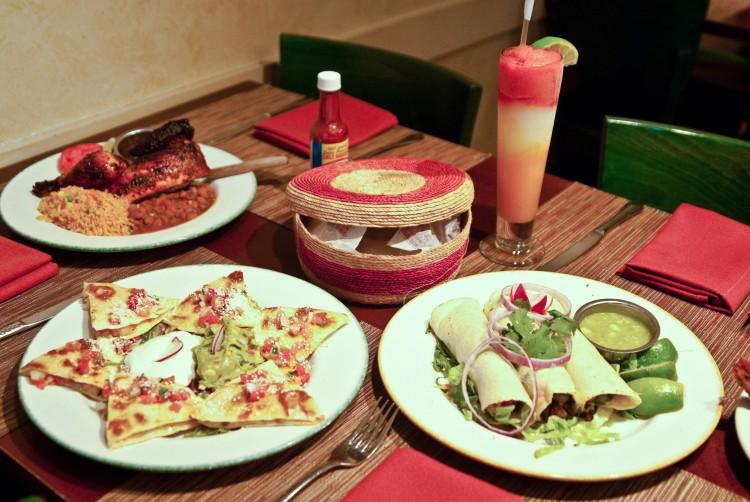NEW YORK—Most Mexican food is simple to make, yet that simplicity gives rise to many colorful dishes, lively flavors, and vibrant sauces. Many recipes share common ingredients—such as cilantro, lime, tomatoes, onions—and with dishes meant to highlight the flavor of each one, it’s only fitting that one of the open secrets to good Mexican food is sourcing fresh ingredients.
This secret was one of the underlying themes of a Feb. 13 event hosted by Edible Manhattan at the Brooklyn Brewery, where some of the city’s more popular Mexican food artisans delved into the arts of making good tortillas, fresh salsa, and delectable Mexican desserts.








